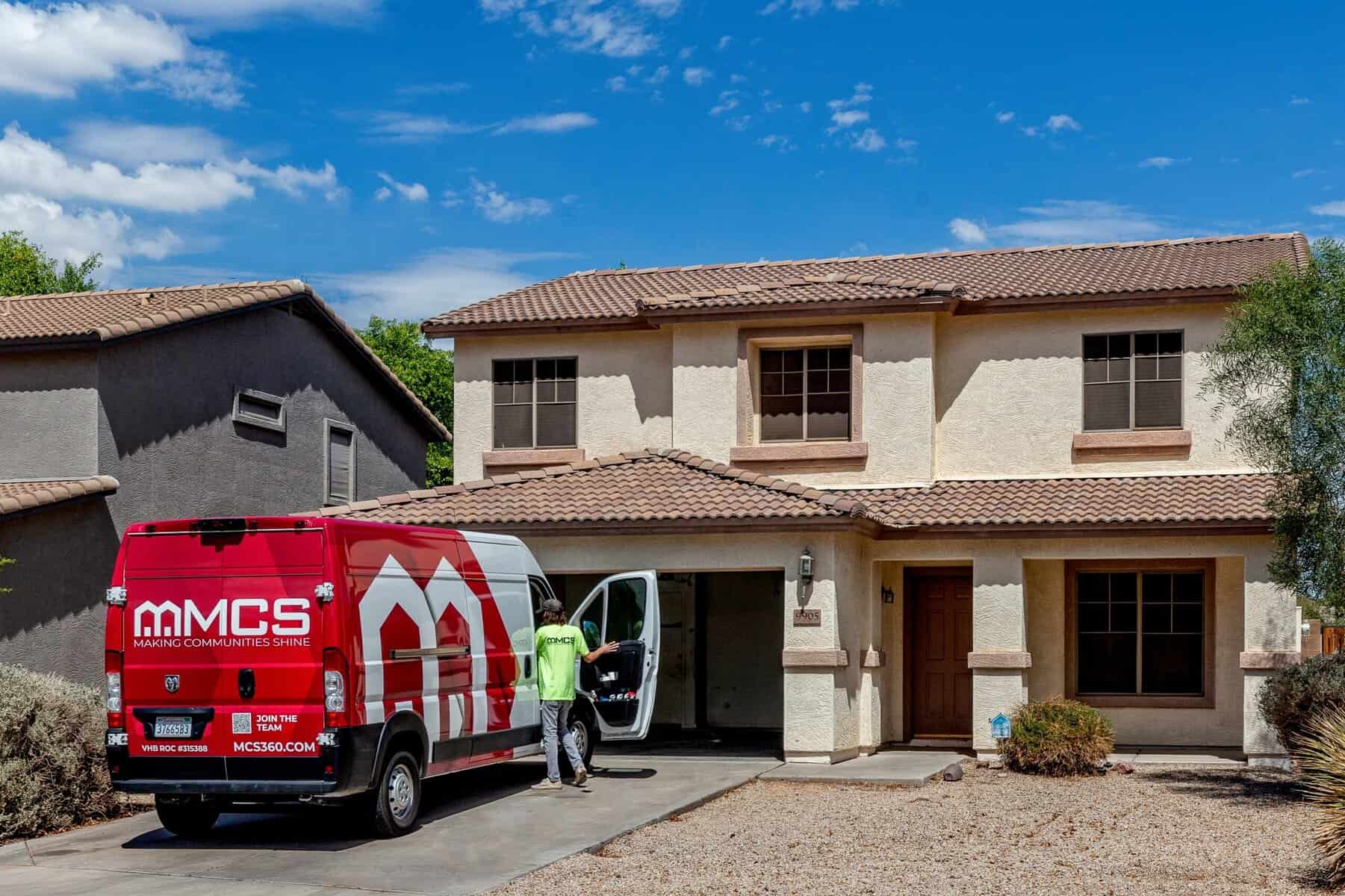Six Tips for Expedited & Efficient Tenant Turns

Saving money during tenant turns (also referred to as “make readies”) starts with shortening timelines and reducing unnecessary steps. The key is to be proactive and streamlined—fewer delays, fewer approvals and fewer surprises. These six essential elements can help reduce long-term costs and get your property re-rented faster:
- Pre- and post-move-out inspections. Conducting inspections before and after a tenant vacates gives you a clear picture of the property’s condition. A pre-move-out inspection helps document issues early, sets expectations and can provide an early look at what issues may exist, while the post-move-out inspection thoroughly identifies what must be addressed. When the same team handles both inspections and the turn itself, scoping is more accurate, which minimizes delays and costly change orders.
- Simplified decision-making. Work proactively with your property services company to develop a plan for the standard services that will need to be performed between renters, like painting, drywall repairs and re-hanging doors. Pre-approved pricing on 50 or so standard line items, along with delegated sign-off authority for key vendors, allows work to begin immediately without waiting on additional approvals. The result: fewer touches, faster turns and lower costs.
- Preventive maintenance. Maintenance shouldn’t start at move-out. A proactive maintenance plan throughout the lease helps you anticipate what will need attention when the tenant leaves. Regular check-ins reduce the likelihood of costly surprises and help you plan turn work more efficiently—often before the keys are even handed back.
- A robust technology platform. Integrating a robust technology platform into your tenant turn process ensures you’re always a step ahead of your maintenance and repair needs, enhances communication with regular updates, improves efficiencies and can ultimately result in fewer mistakes. Combined with reduced touchpoints and pre-approved pricing, it streamlines the entire turn process and keeps you informed every step of the way. Many partners, like MCS, have their own technology systems that can be leveraged either as a standalone solution or integrated into an existing platform via API.
- An effective sales process. A solid sales process is essential. Start by pricing rent competitively based on amenities, location, age and nearby comps. Then consider incentives—like move-in bonuses or paid utilities—to shorten time on market. Above all, make sure the property is clean, functional and visually appealing to maximize interest and close quickly.
- An inventory database. Maintain a detailed inventory of assets at each property, including appliances, locks, fixtures, finishes, HVAC units, water heaters and the like. This is a good foundation for preventive maintenance and streamlines repairs. Standardizing items across properties, where possible, also simplifies sourcing and speeds up replacements.
Save Time and Hassle with Tiered Renovation Standards
Standardizing the property services you want (and can pre-approve) with different types of renovations helps your internal teams and contractors make faster, more cost-effective decisions—especially when managing a large portfolio. By defining a tiered set of renovation levels in advance, you can help ensure consistency and on-budget work.
Consider creating three levels of renovation standards aligned to your business goals and typical use cases. For example:
Level 1: Full Remodel
Top-to-bottom upgrades—modern finishes, plus new appliances, flooring and lighting. It could also include some layout improvements. Ideal for repositioning a property or entering high-demand markets.
Level 2: Mid-Level Refresh
Cosmetic updates to align with brand standards—paint, fixtures, basic flooring upgrades. Perfect for maintaining appeal without the cost of a full gut.
Level 3: Clean, Safe, Functional
No-frills repairs that prioritize safety, cleanliness and functionality. Best for lower-tier assets and fast turnarounds.
By using predefined tiers, you empower your team to act quickly and efficiently while achieving your strategic goals.
MCS TIP: Get your partners started ASAP
Because a standard tenant turn is three to five days, and an empty house is lost revenue, be sure to keep an early eye on move-out dates so you can schedule your partners to come in as soon as possible. This also helps prevent squatters from occupying a property and thwarts scams where unauthorized individuals try to rent someone else’s property.
Looking to Improve Your Tenant Turn Process? Get Help from MCS
If you need a trusted services partner to help with your tenant turns, consider MCS. We can help with everything from inspections to repairs to complete renovations. Contact Jason Myers or Houston Holloway at MCS today to learn more.


